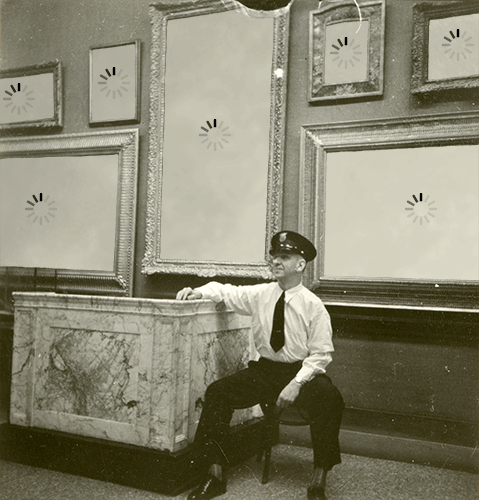Malavika Jayaram, Fellow, Berkman Center of Internet & Society
All posts by phaduong
Mid-Year Workshop: Update on Big Data team from Elise Young
Mid-Year Workshop: Hugo van Vuuren’s lightning talk
https://www.youtube.com/watch?v=fyX5HHEwrkk
DPSI Mid-Year Workshop introduction by Dean Minow
DPSI Mid-Year Workshop photos on Flickr!
Take a closer look at all the teams and special guests presenting and workshopping during the Mid-Year workshop on February 13.
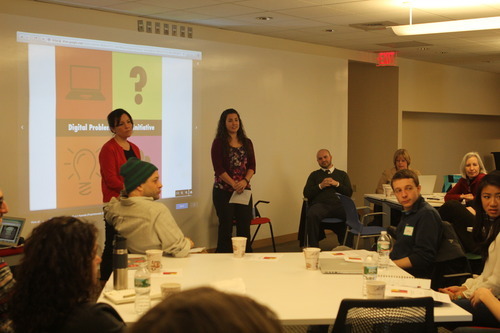
Check out more photos from our DPSI Mid-Year Workshop on Flickr!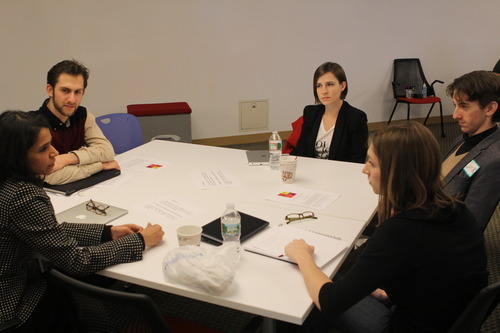
DPSI Mid-Year Workshop
On Feb. 13, the DPSI community gathered together for the DPSI pilot’s Mid-Year Workshop, co-hosted by the Berkman Center and the Bok Center for Teaching and Learning at Harvard. Special guests from outside the program, including Willow Brugh, Malavika Jayaram, Rey Junco, Laura Neuhaus, Leah Plunkett, Gosia Stergios,Hugo Van Vuuren, Sara Watson, joined us to take stock of the first semester’s work, discuss open questions each team is grappling with, and look ahead to outputs and final activities in the remaining months of the pilot. Sara gave a lightning talk about data and metaphor; Hugo spoke about the power of presence, physical space, and (missed) connections. Each team presented for six minutes on their work to date, followed by open conversation. Our awesome outside guests and the teams got together over lunch to dig into the nitty gritty and cook up new plans to advance their work. Some photo highlights are below; more media—including videos, a full photo album, and perhaps even an example of Willow’s vizthink—will follow soon.
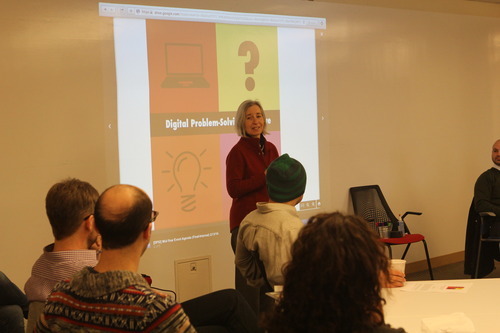
HLS Dean Martha Minow spoke to mentors and pioneers
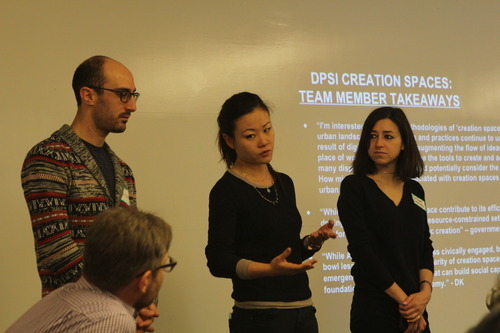
Pioneers on Team Innovation Spaces—Dan Koff, Tara Tan, and Courtnay Saunders, from left to right—discussed their visit to Harvard’s i-Lab and similar ventures
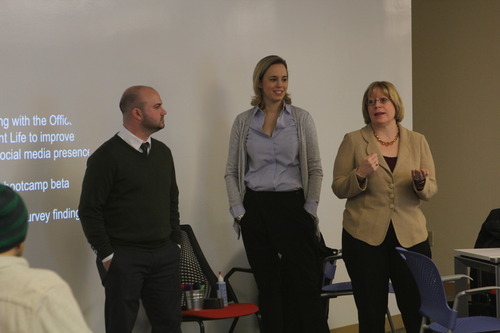
Mentors for team Social Media—Mike Petroff, Sandra Cortesi, and Perry Hewitt, from left to right—spoke about surveying students on how universities should interact with others online
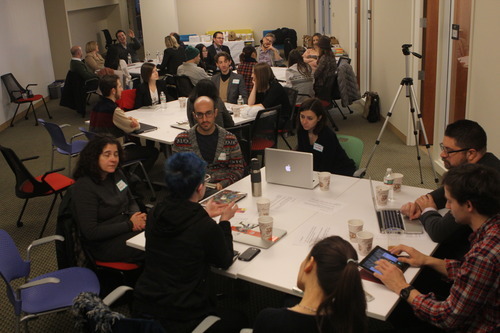
After presentations, teams broke up into respective groups to discuss their findings with experts. Willow has her back turned to the camera in the center of the table; going left are Gosia, Dan Koff, Courtnay Saunders, Chris Bavitz, Sam Peinado, and Tara Tan.
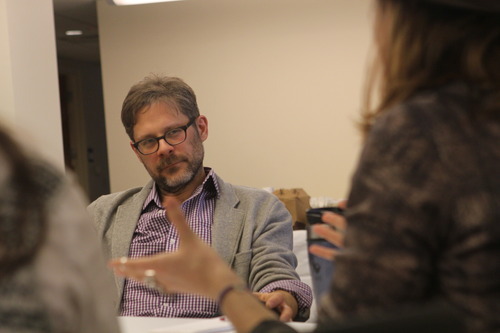
Museums mentor Matthew battles listened to Laura Neuhaus talk about her experiences within the Collection of Historical Scientific Instruments
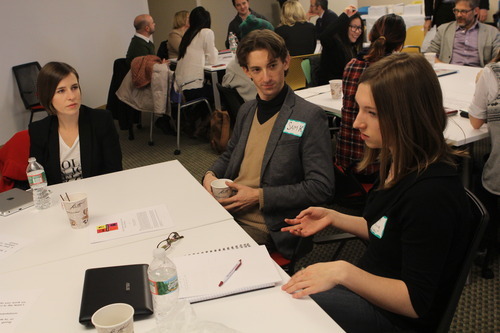
Elise Young (right), a pioneer on team Big Data and a 3L at Harvard Law School, exchanged ideas with special guest Sara Watson and DPSI team member S.J. Klein
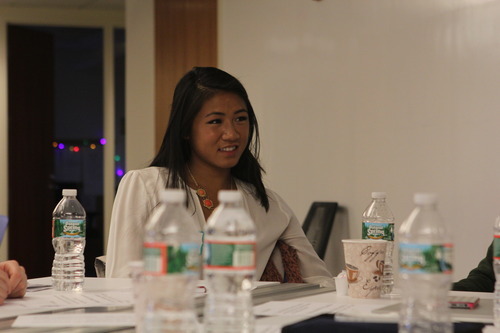
Vanessa Pham, a pioneer on team Social Medial, listened to Hugo Van Vuuren and Rey Junco
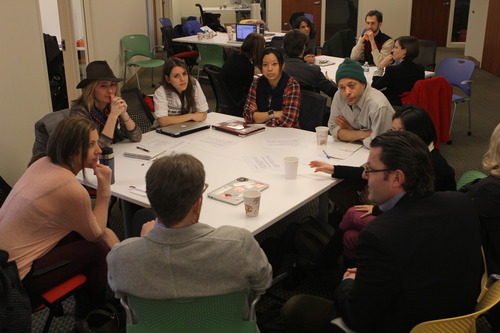
Team Museums thinks about the final weeks of the project with Berkman’s Executive Director Urs Gasser (bottom-right)
Innovation Labs Team visits the Harvard i-Lab
TL;DR
An innovation space should accommodate all kinds of group collaboration through mixed methods and both physical and virtual space. (And chalkboards!) The DPSI Innovation Spaces team shares insights from site visits to unique innovation-oriented centers in Boston.
Full Version
Academic life in Cambridge has its quirks. Many of us spend much of our time expanding our intellectual universes from the comforts of desks and dorms and relatively little time physically exploring the world outside of Cambridge. This fall, though, the Innovation Spaces team has shown the moxie the rest of us lack (at times): twice, they’ve crossed the river into Boston for two field trips – which complements the globe-wide searching of innovation spaces/centers/incubators/labs/etc. that they do virtually.
The Innovation Spaces team (also known by its lengthier title: Cataloging, Designing, Evaluating, and Developing Shared Practices Around Innovation Labs) visited Bolt, a hardware-oriented seed fund in Boston, and the Harvard i-Lab in Allston, where they chatted with i-Labbers about what being an innovation space really means in the context of their work. Whether it’s physical structures and layouts, programming (like workshops, contests, and more), or human interaction, the i-Lab has several ways of fostering and facilitating groups of people to work together on new ideas.
Here are a couple thoughts on the video highlighting the i-Lab field trip:
- Physical space in the i-Lab is designed to be multi-use and multi-purpose. It’s versatile; perhaps modular.
- Physical space can be designed for applications that involve making large groups work and talk together, like in large plenary events. Having a/v that enables speakers and audience members to be heard by one another throughout the room, and which easily enables recording, is a nice feature. Idea paint and chalkboards, on the other hand, allow shared space to be come intimate group-work and -think space spontaneously…
- Which leads me to my next point: time-tested analog assets, like chalkboards, can still go a long way!
A dystopian vision for an art museum (Museum Team)
Something for us to avoid…
Brainstorming and inspiring asynchronously (Museums Team)
Advancing a common goal while acknowledging competing demands on team members’ time is a fundamental challenge all the DPSI projects face. One tool the Lightbox team is making use of is a tumblr for sharing links, images, essays, and ideas impinging on the work of designing a flexible, media-rich, curatorially-sensitive program for bringing data to life in the new Harvard Art Museum. We’re finding the tumblr especially useful for assembling a kind of mood book or pinboard for the project. In this early phase, the collection of posts clusters around charismatic precedents, demos of candidate display technologies, and links to essays that inform our approach as designers of a curatorial invention in art history. As the project matures, we’ll continue to document our own process there as well. The tumblr should not only facilitate our group’s work, however, but foster connections beyond the group as well—so if the flavor of posts there inspires a connection in your thinking, please do comment, link, and be in touch!

